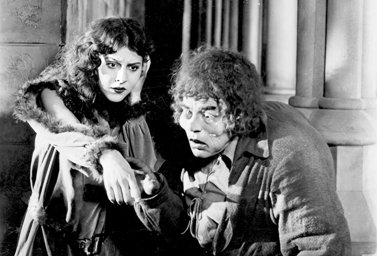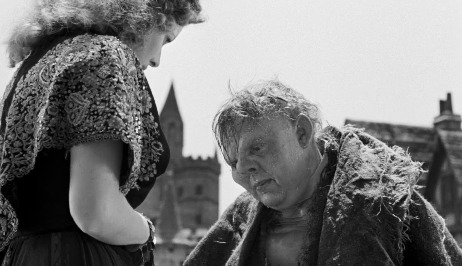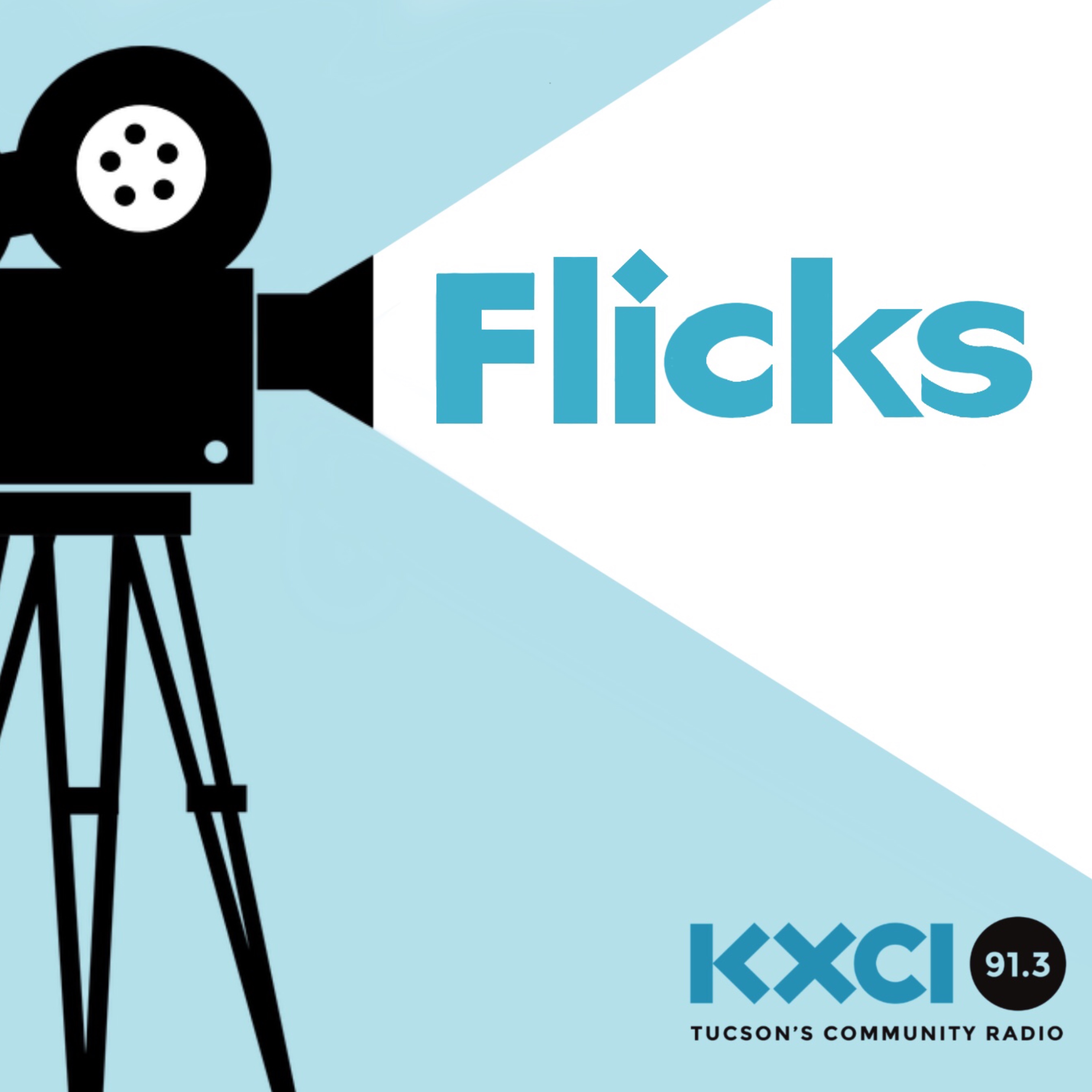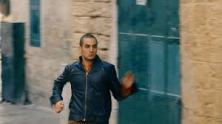 The two most famous film versions of Victor Hugo’s novel featured Lon Chaney in 1923, and Charles Laughton in 1939.
The two most famous film versions of Victor Hugo’s novel featured Lon Chaney in 1923, and Charles Laughton in 1939.
In 1831, Victor Hugo wrote one of his most popular novels, “Notre-Dame de Paris.” In English translation it was renamed The Hunchback of Notre Dame, after its main character, a deformed bell ringer at the Cathedral of Notre Dame in 15th-century Paris named Quasimodo. The story tells of a gypsy dancer, Esmerelda, who unfortunately falls under the lustful eye of the cathedral’s archdeacon Claude Frollo. When she rejects his advances, he frames her in a murder, but as she’s about to be publicly executed, Quasimodo, whom she had shown some kindness to earlier, swoops down with a rope from Notre Dame to rescue her and keep in the cathedral under the church law known as “sanctuary.” The novel has since been made into plays, musicals, operas, and a lot of movies. There’s something about this tale that touches people; I think mainly the idea that someone shunned in society for his looks can be lovable, and even a hero.
When Lon Chaney played Quasimodo in the 1923 film The Hunchback of Notre Dame, there had already been four previous versions made. But this one, from Universal, was that studio’s biggest and most profitable production in the silent era. An astounding reproduction of the cathedral was constructed on the studio back lot, and there were huge crowd scenes. Lon Chaney had made his name transforming himself into strange characters. Quasimodo was his most elaborate creation up to then, in which he contorted his body and designed genius-level makeup to portray this scary-looking man that we ultimately grow to care about. It’s a fine performance.
However, movie technique before the late ‘20s was still often tentative. The director, Wallace Worsley, was a reliable but rather pedestrian studio hand. The film also has the melodramatic overacting, and banality of script and pacing that were acceptable then but difficult to put with now.
Sixteen years later, in the next version, from RKO in 1939, English actor Charles Laughton made a triumphant return to Hollywood playing Quasimodo. Undergoing an impressively grotesque makeup job, he brings out the pathos of the hunchback character in convincing fashion. Once having seen this performance, you won’t forget it. Laughton was smart enough to know that he could emphasize the character’s idiotic side, and his potential for menace, without diminishing our sympathy. The picture is a glorious, old-fashioned Hollywood spectacle, but he makes it seem like more than that.
Maureen O’Hara, in her American debut, plays Esmerelda. She’s stunningly beautiful, if not exactly gypsy-like. Rounding out the excellent cast is Cedric Hardwicke as the villain Rollo, who plays his part with a gloomy implacability that attains just the right tone of self-righteous malevolence.
 The talented director, William Dieterle, let his impressionistic tendencies run free, with beautifully choreographed crowd scenes, dynamic moving camera, and a talent for bringing night scenes to life. The costumes, scenery, and production design represent the studio system at its finest. This is widely regarded as the best film version of The Hunchback of Notre Dame, and I would have to agree. The final shot, with Laughton talking mournfully to a gargoyle, is among the most moving cinematic images of all time.
The talented director, William Dieterle, let his impressionistic tendencies run free, with beautifully choreographed crowd scenes, dynamic moving camera, and a talent for bringing night scenes to life. The costumes, scenery, and production design represent the studio system at its finest. This is widely regarded as the best film version of The Hunchback of Notre Dame, and I would have to agree. The final shot, with Laughton talking mournfully to a gargoyle, is among the most moving cinematic images of all time.

A man tries to reach his troubled son from a previous marriage, learning his own shortcomings as a father in the process. A couple...

Palestinian filmmaker Hany Abu-Assad is no stranger to controversy. His 2008 film Paradise Now presented a sympathetic portrait of suicide bombers. His latest picture...

Women film directors are becoming increasingly prominent after decades of being effectively shut out of the profession. For the majority of movie history, the...